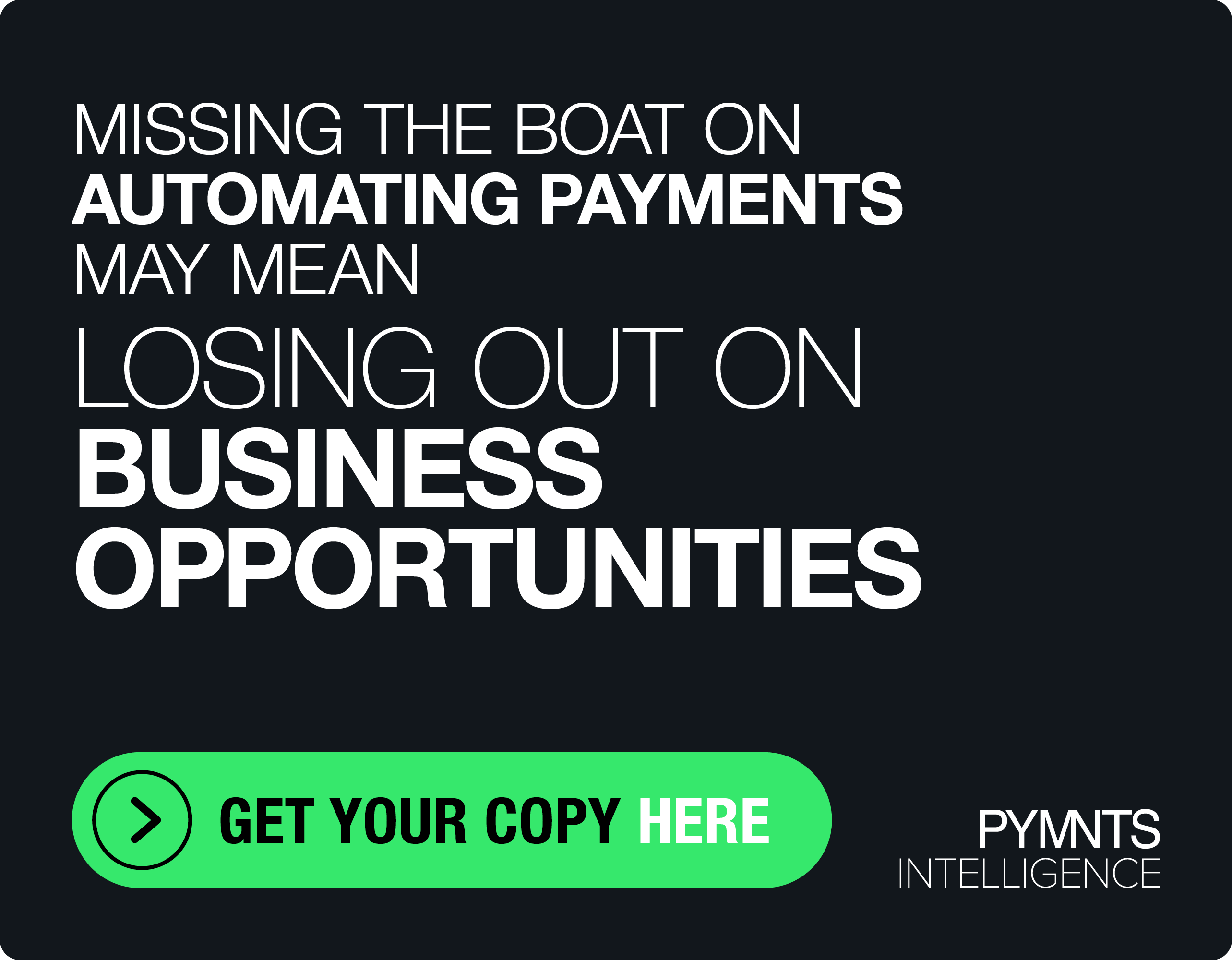Why Visa Is Talking About a Working Capital Network
Alan Koenigsberg, senior vice president and global head of large, middle market, treasury and working capital solutions at Visa, took note of the rapid shifts in payments and finance during an interview with Karen Webster.
“If you feel a bit breathless, I think the whole industry does, too, in terms of the rates of change that keep accelerating,” he said.
For Visa, its issuers and their corporate clients, tracking the future of payments and laying the groundwork boils down to just a few focal points. It’s no use trying to boil the proverbial ocean with 100 priorities, he said.
“I call them the ‘big five,’” said Koenigsberg. And with the quintet as a roadmap, companies can seek proactively to change their business models and meet their customers where they want to be met.
With those five initiatives in sight, innovation can serve all manner of businesses, whether they are small, mid-market or enterprise-class operations, he said. Visa and its network of partners/providers are in the midst of creating “a level playing field” for customers.
“Everyone has the same problems,” he said. “It’s just that the scale may be different.”
Automation in an Age of Fragmentation
Automation and digitization are getting a tailwind from cloud computing and fostering a “quantum” leap that makes innovation cycles move faster and faster. Cutting down on manual tasks and paper-based processes helps cement a bridge for executives to cross as they move from the ways in which things always were done to the ways in which they might be done, taking full advantage of new opportunities, he said.
The most significant challenge to automation when it comes to B2B is the fact that there are so many solutions providers out there, while there remains a lack of standards across the industry.
“Just because the U.K. upgrades their electronification laws doesn’t mean that other markets have done so,” he said.
AI and Embedded Finance
Digging into the “big five,” Koenigsberg pointed to the fact that two of the most visible tenets — artificial intelligence and embedded finance — have been with us for a while. Visa, for its part, has been fine-tuning its AI and predictive risk technologies for three decades. Accounts payable managers with generative AI running in the background, reading emails and invoices, can help automate payments flows. That level of automation can wind up bringing efficiencies to supply chains, rendering them healthier than ever, he said.
Separately, embedded finance has been steadily evolving. Years ago, digital wallets were top of mind, he said. Now, although the trend of non-financial platforms embedding financial products has taken root, there are still some pain points as we move away from screen scraping.
“The advancements in APIs and open banking provide amazing opportunities to meet the customer wherever they are,” Koenigsberg said.
Embedded finance is no longer solely about payments; it’s about loans and a range of banking choices that allow financial institutions to be able to distribute more of their solutions to their own enterprise customers, he said.
Working Capital
In the current environment, executives are suddenly grappling with higher interest rates, where the cost of capital is also more expensive — and managing working capital is a critical, day-to-day endeavor, he said. The economics between buyer and supplier must be balanced.
“When we line up an ACH and a wire and a card transaction, or a digital transaction for a payment, there’s a bit of a false narrative between which is a working capital tool and what’s simply a blunt instrument to move something from one ledger to another,” said Koenigsberg.
Virtual cards operate as a way to leverage several weeks to satisfy the payables outstanding, he said. For the supplier, the benefit of card acceptance lies in being paid faster, and the benefit to all parties involved in the transaction lies in balanced economics.
“Acceptance is not a product,” he said. “Acceptance is an enabler.”
Moving Money Globally
The fifth pillar on the list, said Koenigsberg, centers around global money movement, which is skewing ever faster. Businesses need fast, transparent and internationally available fund flows to increase supply chain resilience.
And, as he noted, hearkening back to the Working Capital Index, which debuted in September, “global money movement appeared in the working capital dialogue as an important, opaque pain point” for companies of all sizes, addressed in part by offerings such as Visa Direct, B2B Connect and Currencycloud.
As he told Webster: “If we keep listening to the customers — and the customers around them — we’ll always have that North Star to continue to march to and not get distracted” as the five pillars continue to beckon.
For all PYMNTS B2B coverage, subscribe to the daily B2B Newsletter.

